HotSpots H2O: As Tensions Rise in the Southern Caucasus, Water Shortages Continue
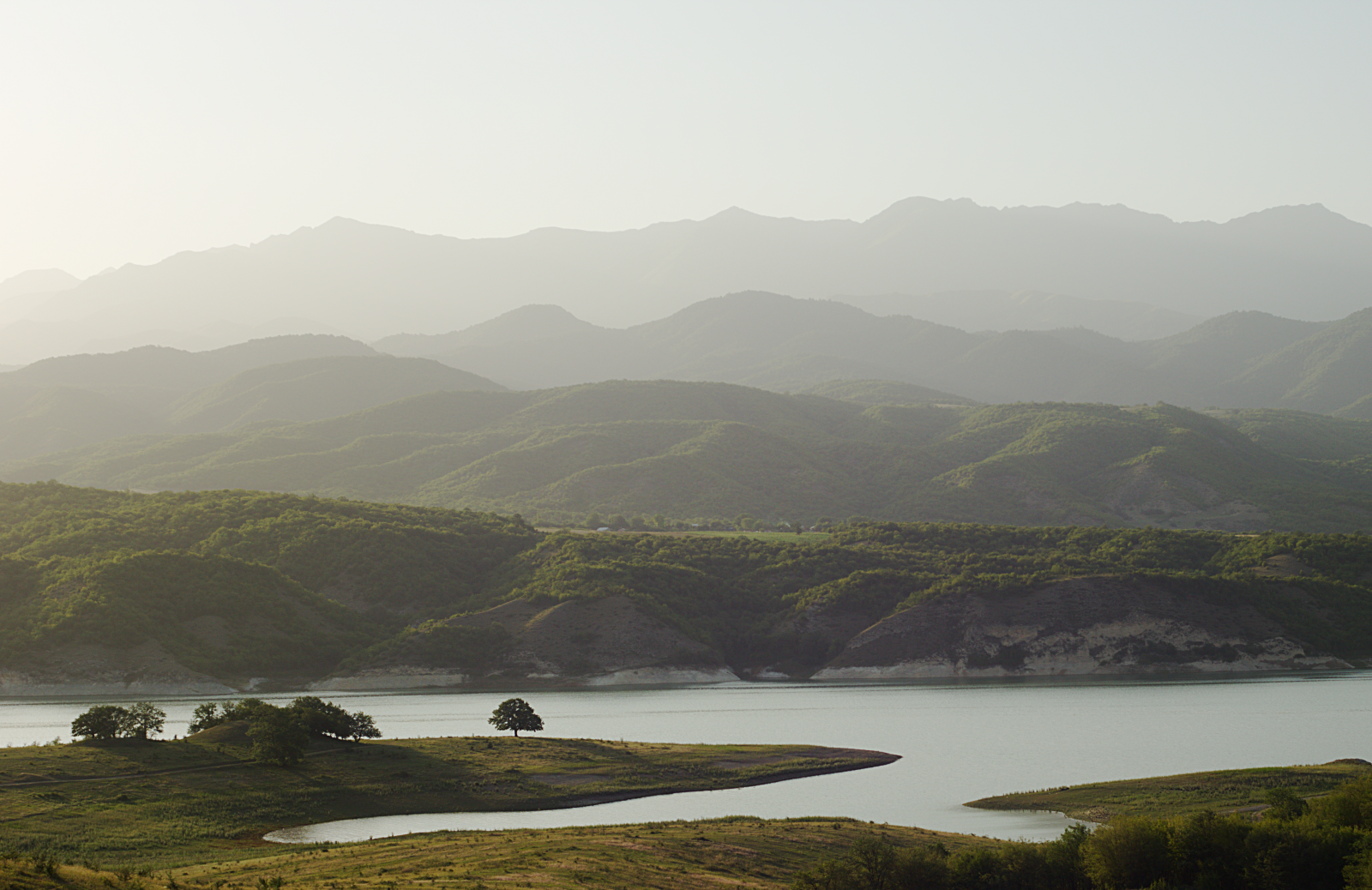
The Sarsang Reservoir, a large reservoir located in the Nagorno-Karabakh territory. © inky from the tape
Tensions are rising again between Armenia and Azerbaijan after an escalation at the border killed at least 16 service members in July. The decades-long conflict has left water supply networks in disrepair and exacerbated water shortages for civilians in both countries.
The two countries — part of the Soviet Union before its collapse — fought a war between 1992 and 1994 over a piece of disputed territory at their border called Nagorno-Karabakh. Though controlled by ethnic Armenians, who make up 90 percent of the state, the area is internationally recognized as a part of Azerbaijan. Since the conflict, irrigation networks and reservoirs between the two countries have become difficult to maintain and remain contested ground for those dependent on the area for water.
The most recent clash occurred north of the disputed territory, and was followed by anti-government, pro-war demonstrations in Baku, the capital of Azerbaijan. Armenian officials claim their military witnessed an Azerbaijani truck attempting to cross the border and subsequently shot at it. Azerbaijan said no truck tried to cross the border, rather its forces were fired upon without reason.
These tensions are fraying the countries, and water resources are caught in the middle.
In one such case, the Joghaz reservoir once supplied water to 30 Armenian and Azerbaijani villages, but now it barely serves a few households, according to the International Crisis Group. Trenches built for fighting line its shores, creating an area too dangerous to engage. Three pumping stations would also need repairs for water to flow again, yet any attempts to fix them would need clear assurances from both countries.
Environmental changes are taking a toll on the land as well. Rivers running through the countries have been shrinking due to agriculture, upstream reservoirs, and drought. The Kura, which begins in Turkey and flows through Georgia and Azerbaijan, has slowed so drastically that salt water from the Caspian Sea is now flowing upstream into villages at the river’s mouth. Rivers in both countries are estimated to decrease by 11.9 percent by 2030 and 37.8 percent by 2100 due to climate change, while demands for water from residents and the farming industry are expected to increase.
In Armenia, the government is planning new water-storage projects, such as the Mastara reservoir in the Armavir region and the Vedi reservoir just east of the capital Yerevan. The government is also building a new village to resettle residents living close to an uncompleted reservoir in Shirak province.
In Azerbaijan, the government built a reservoir in the city of Tovuz to address water issues in 2016, yet the International Crisis Group noted that many residents in that area still lack water. Azerbaijan’s president announced in July the country planned to build 10 new reservoirs, along with new water pipelines and irrigation canals, in addition to an initiative on efficient water use.
One way forward for the region, according to the International Crisis Group, is to avoid discussion of Nagorno-Karabakh and focus on technical matters related to water systems repair, facilitated by an independent international actor such as the Red Cross. Reliable water service would be a mutually beneficial outcome and build trust, the group argues.
Elena Bruess writes on the intersection of environment, health, and human rights for Circle of Blue and covers international conflict and water for Circle of Blue’s HotSpots H2O.

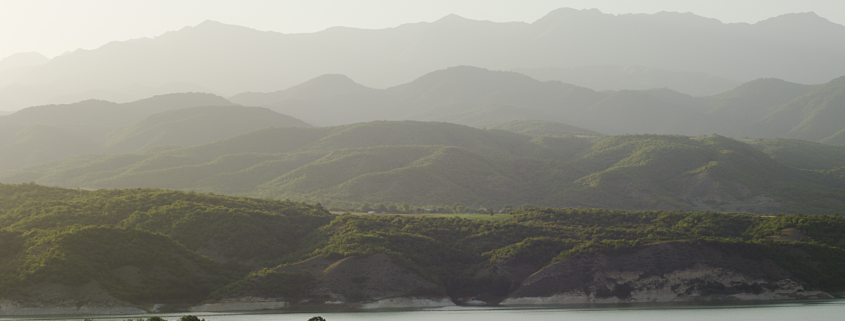

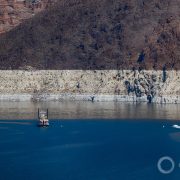
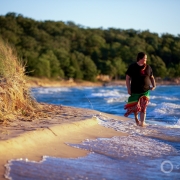
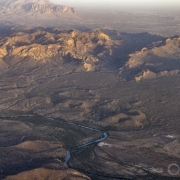 © J. Carl Ganter / Circle of Blue
© J. Carl Ganter / Circle of Blue 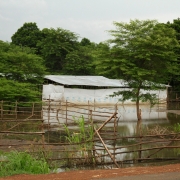

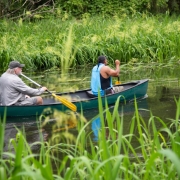


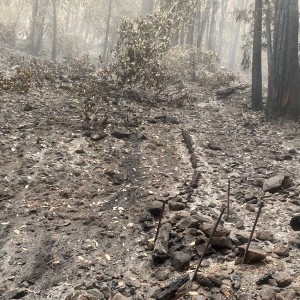

Leave a Reply
Want to join the discussion?Feel free to contribute!